Convolution Neural Network Fusion Lock-In Thermography: A Debonding Defect Intelligent Determination Approach for Aviation Honeycomb Sandwich Composites (HSCs)
Abstract
1. Introduction
2. Specimens and Methods
2.1. Specimens
2.2. Experimental Setup and Procedure
2.3. YOLOLT Model
2.4. YOLOLT Model Training and Evaluation
2.5. LIT Images Enhancement, Segmentation and Data Augmentation
3. Results and Discussion
4. Conclusions
Author Contributions
Funding
Data Availability Statement
Conflicts of Interest
References
- Vargas-Rojas, E.; Nocetti-Cotelo, C.-A. Alternative proposal, based on systems-engineering methods, aimed at substituting with carbon-epoxy laminates the load-bearing aluminum sandwiches employed in the structure of a small satellite. Adv. Space Res. 2020, 66, 193–218. [Google Scholar] [CrossRef]
- Wang, C.; Ma, S.; Li, D.; Zhao, J.; Zhou, H.; Wang, D.; Zhou, D.; Gan, T.; Wang, D.; Liu, C.; et al. 3D printing of lightweight polyimide honeycombs with the high specific strength and temperature resistance. ACS Appl. Mater. Interfaces 2021, 13, 15690–15700. [Google Scholar] [CrossRef] [PubMed]
- Fiborek, P.; Kudela, P. Model-Assisted Guided-Wave-Based Approach for Disbond Detection and Size Estimation in Honeycomb Sandwich Composites. Sensors 2021, 21, 8183. [Google Scholar] [CrossRef] [PubMed]
- Meruane, V.; Del Fierro, V. An inverse parallel genetic algorithm for the identification of skin/core debonding in honeycomb aluminum panels. Struct. Control Health Monit. 2015, 22, 1426–1439. [Google Scholar] [CrossRef]
- Wang, F.; Wang, Y.H.; Liu, J.Y.; Wang, Y. Theoretical and experimental study on carbon/epoxy facings-aluminum honeycomb sandwich structure using lock-in thermography. Measurement 2018, 126, 110–119. [Google Scholar] [CrossRef]
- Sfarra, S.; Ibarra-Castanedo, C.; Avdelidis, N.P.; Genest, M.; Bouchagier, L.; Kourousis, D.; Tsimogiannis, A.; Anastassopoulous, A.; Bendada, A.; Maldague, X.; et al. A comparative investigation for the nondestructive testing of honeycomb structures by holographic interferometry and infrared thermography. In Proceedings of the 15th International Conference on Photoacoustic and Photothermal Phenomena, Leuven, Belgium, 19–23 July 2009; Volume 214, p. 012071. [Google Scholar]
- Thomas, B.P.; Pillai, S.A.; Narayanamurthy, C.S. Investigation on vibration excitation of debonded sandwich structures using time-average digital holography. Appl. Opt. 2017, 56, F7–F13. [Google Scholar] [CrossRef] [PubMed]
- Chong, S.Y.; Victor, J.J.; Todd, M.D. Full-field ultrasonic inspection for a composite sandwich plate skin-core debonding detection using laser-based ultrasonics. In Proceedings of the SPIE Smart Structures and Materials + Nondestructive Evaluation and Health Monitoring, Portland, OR, USA, 25–29 March 2017; Volume 1017007, pp. 1–10. [Google Scholar]
- Lu, P.; Wei, Q.; Ao, B.; Min, J.L.; Wu, J.J.; Yan, Y.H. Digital imaging detection of aluminum honeycomb sandwich structure. Nondetruct. Test. 2015, 9, 340–346. [Google Scholar]
- Wang, F.; Liu, J.; Song, P.; Gong, J.; Peng, W.; Liu, G.; Chen, M.; Wang, Y. Multimodal optical excitation pulsed thermography: Enhanced recognize debonding defects of the solid propellant rocket motor cladding layer. Mech. Syst. Signal Process. 2022, 163, 108164. [Google Scholar] [CrossRef]
- Wang, F.; Wang, Y.; Liu, J.; Wang, Y. The Feature Recognition of CFRP Subsurface Defects Using Low-Energy Chirp-Pulsed Radar Thermography. IEEE Trans. Ind. Inform. 2020, 16, 5160–5168. [Google Scholar] [CrossRef]
- Wang, F.; Liu, J.; Dong, B.; Liu, G.; Chen, M.; Wang, Y. Optimization of Thermal-Wave Radar Thermography by Transverse Heat Flow Suppression Technique for Accurate Defect Detection of CFRP Laminates. IEEE Trans. Instrum. Meas. 2021, 70, 1–10. [Google Scholar] [CrossRef]
- Meola, C.; Carlomagno, G.M. Recent Advances in the Use of Infrared Thermography. Meas. Sci. Technol. 2004, 15, 27–58. [Google Scholar] [CrossRef]
- Lin, T.Y.; Dollár, P.; Girshick, R.; He, K.; Hariharan, B.; Belongie, S. Feature Pyramid Networks for Object Detection. In Proceedings of the IEEE Conference on Computer Vision and Pattern Recognition, Honolulu, HI, USA, 21–26 July 2017; pp. 936–944. [Google Scholar]
- Li, H.; Xiong, P.; An, J.; Wang, L. Pyramid Attention Network for Semantic Segmentation. In Proceedings of the IEEE Conference on Computer Vision and Pattern Recognition, Salt Lake City, UT, USA, 18–22 June 2018; pp. 1–14. [Google Scholar]
- Zhang, Y.; Ren, W.; Zhang, Z.; Jia, Z.; Wang, L.; Tan, T. Focal and Efficient IOU Loss for Accurate Bounding Box Regression. In Proceedings of the IEEE Conference on Computer Vision and Pattern Recognition, Nashville, TN, USA, 20–25 June 2021; pp. 4321–4330. [Google Scholar]
- Li, M.; Yang, S.; Liu, X. Pareto or Non-Pareto: Bi-Criterion Evolution in Multi-Objective Optimization. IEEE Trans. Evol. Comput. 2016, 20, 645–665. [Google Scholar] [CrossRef]
- Abdelhakim, A.; Saleh, H.; Abdelhakim, M. Fragile watermarking for image tamper detection and localization with effective recovery capability using K-means clustering. Multimed. Tools Appl. 2019, 78, 32523–32563. [Google Scholar] [CrossRef]
- Yun, S.; Han, D.; Oh, S.J.; Chun, S.; Choe, J.; Yoo, Y. CutMix: Regularization Strategy to Train Strong Classifiers with Localizable Features. In Proceedings of the International Conference on Computer Vision, Seoul, Republic of Korea, 27–28 October 2019; pp. 1–14. [Google Scholar]
- Tao, W.; Tian, J.; Liu, J. Image segmentation by three-level thresholding based on maximum fuzzy entropy and genetic algorithm. Pattern Recognit. Lett. 2003, 24, 3069–3078. [Google Scholar] [CrossRef]
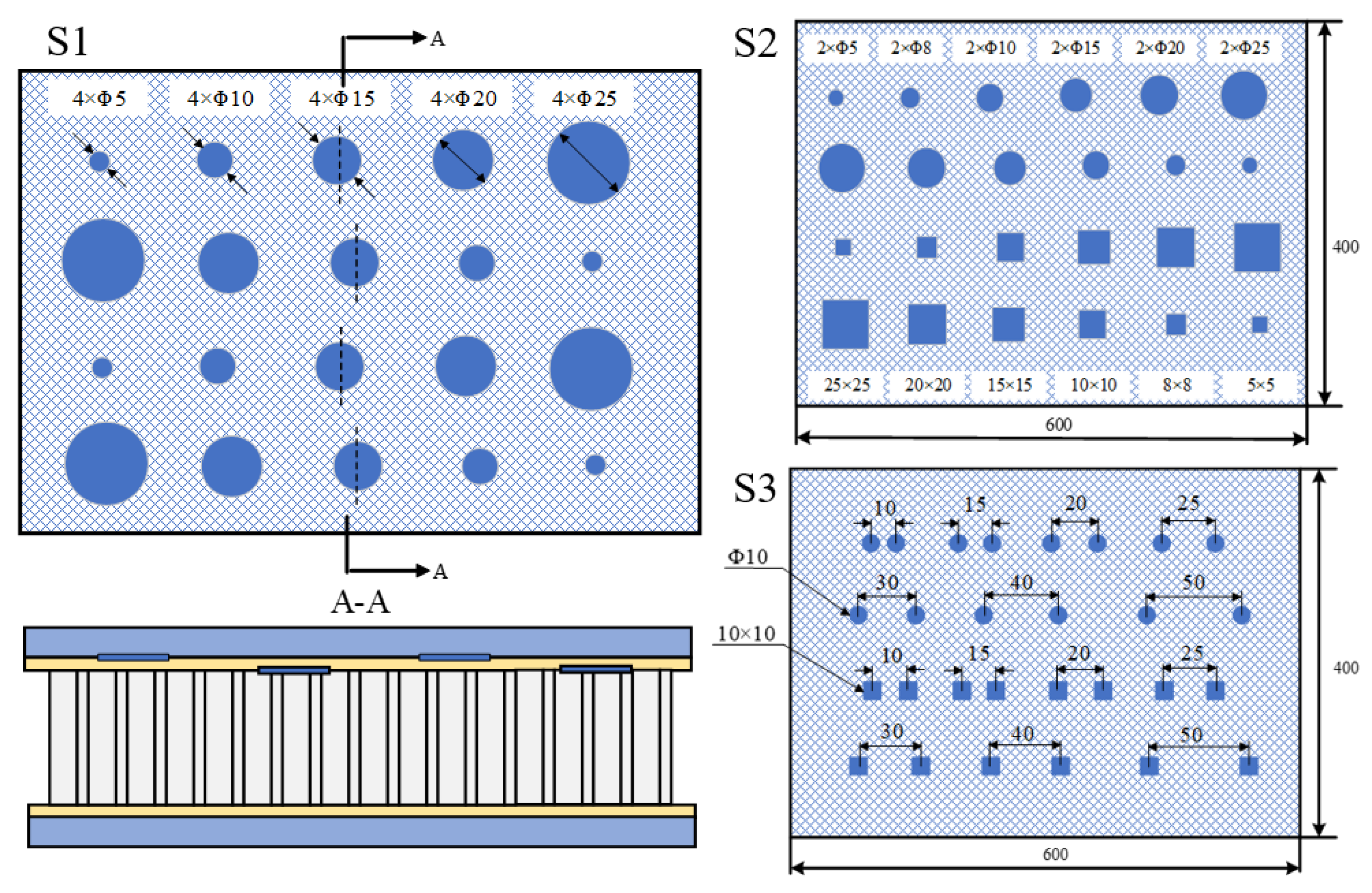
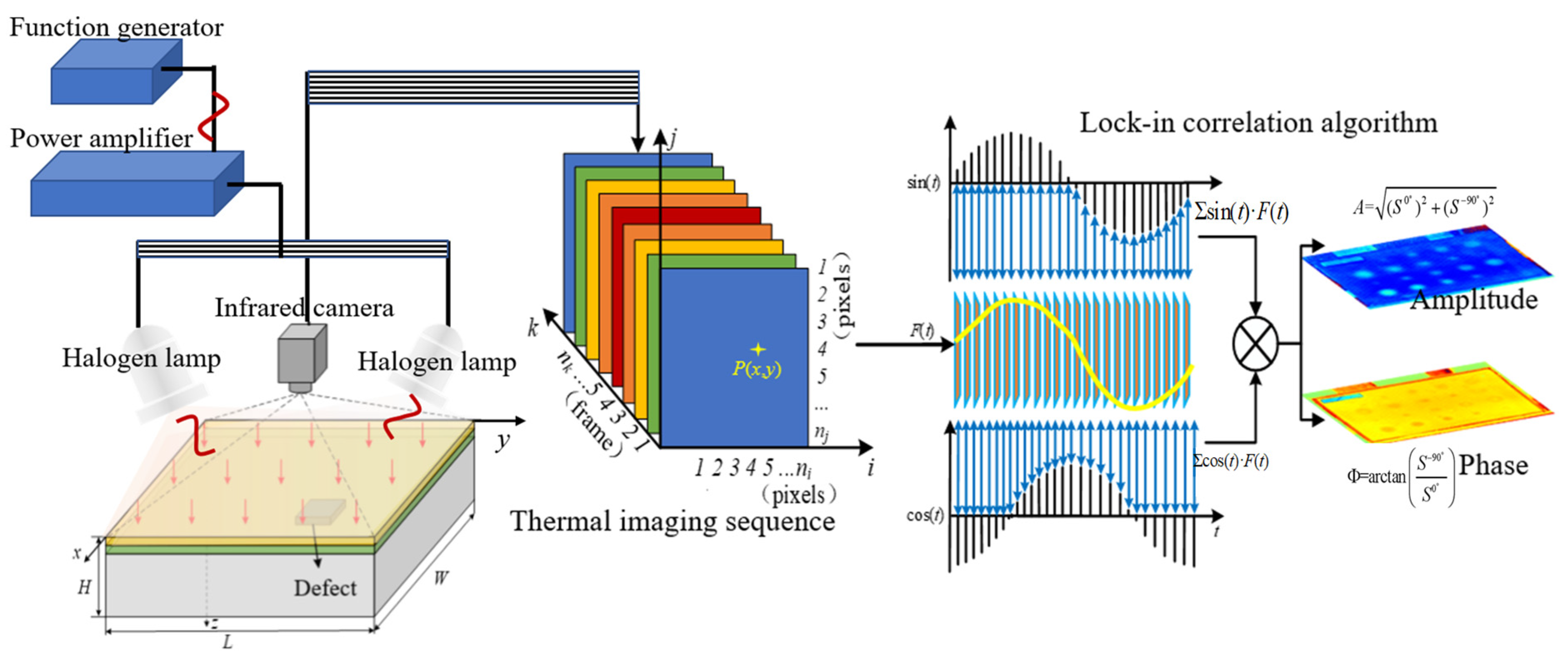

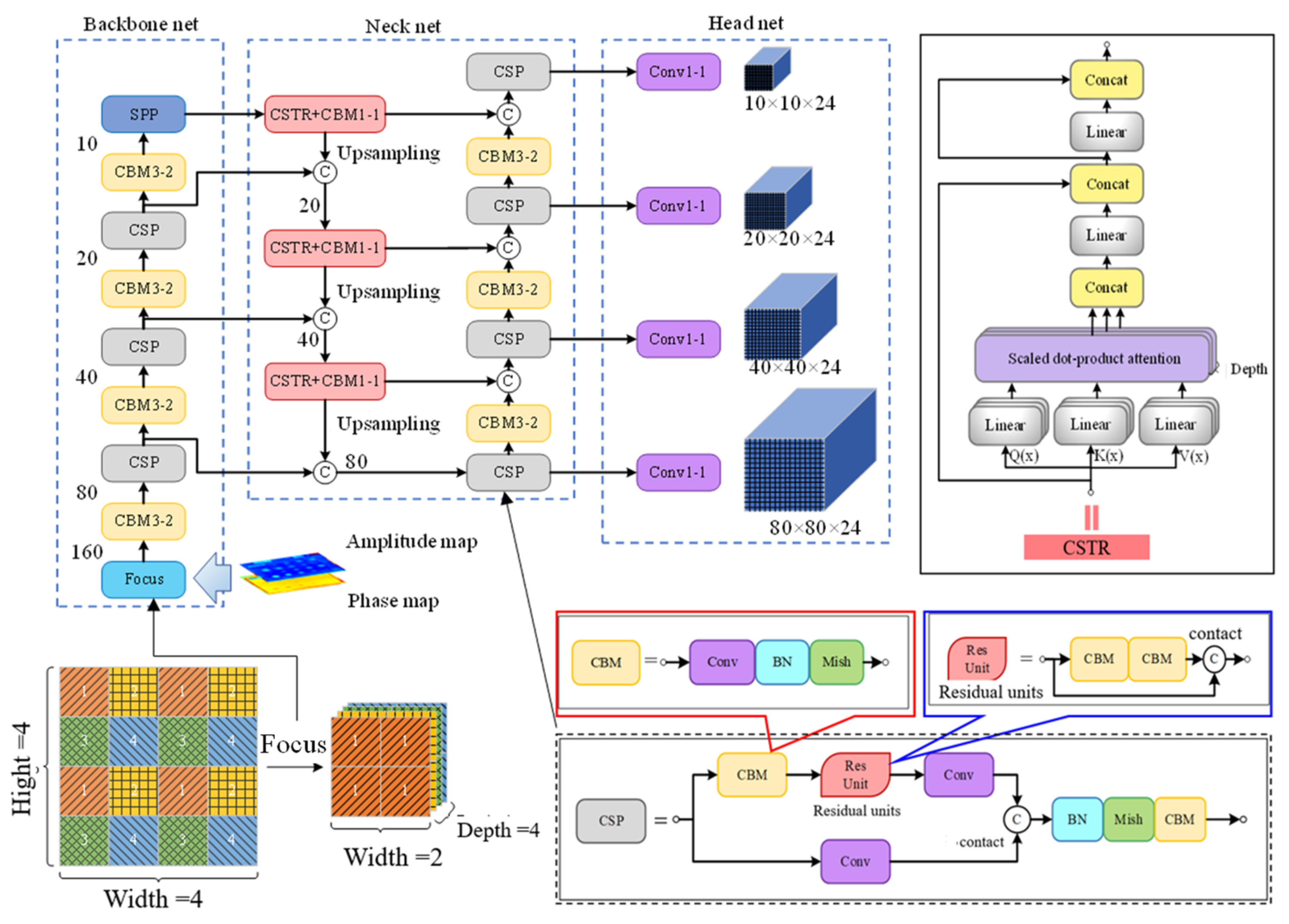
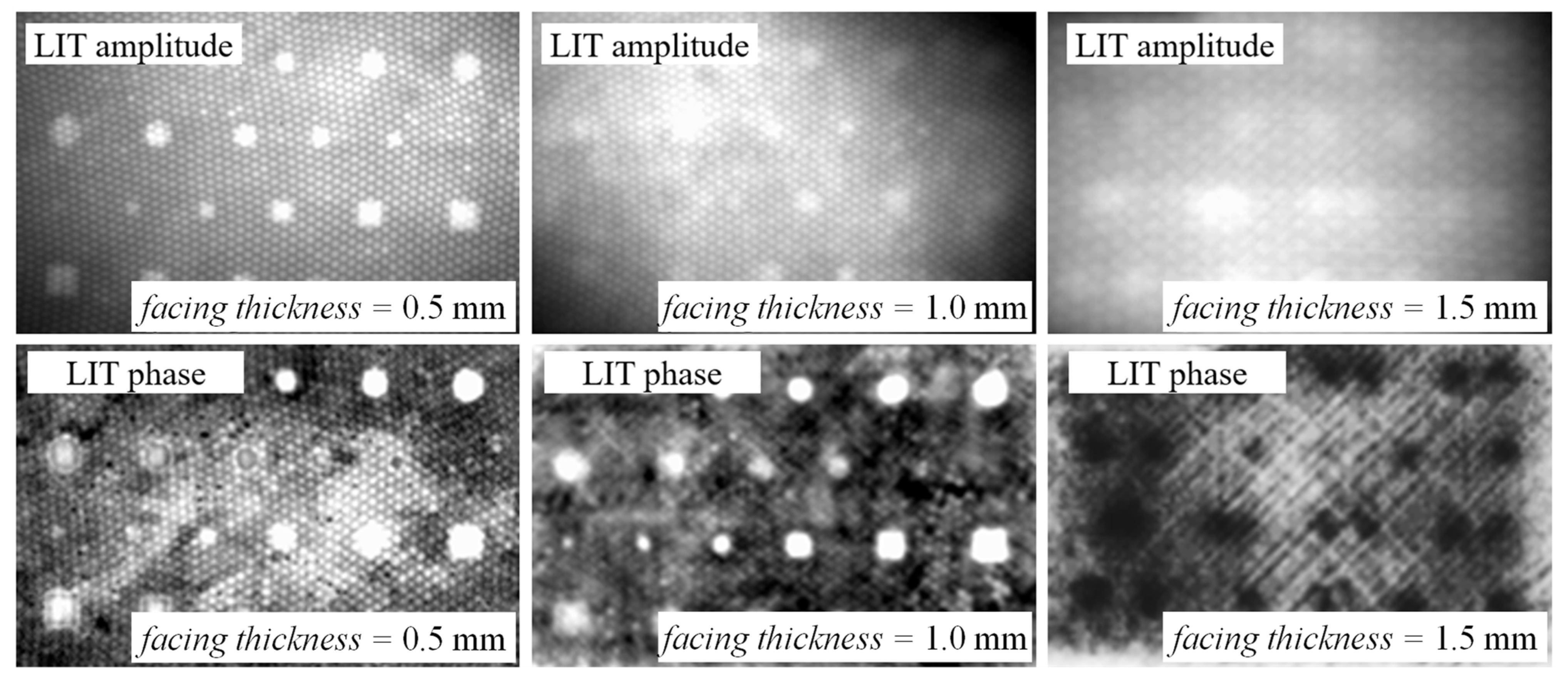

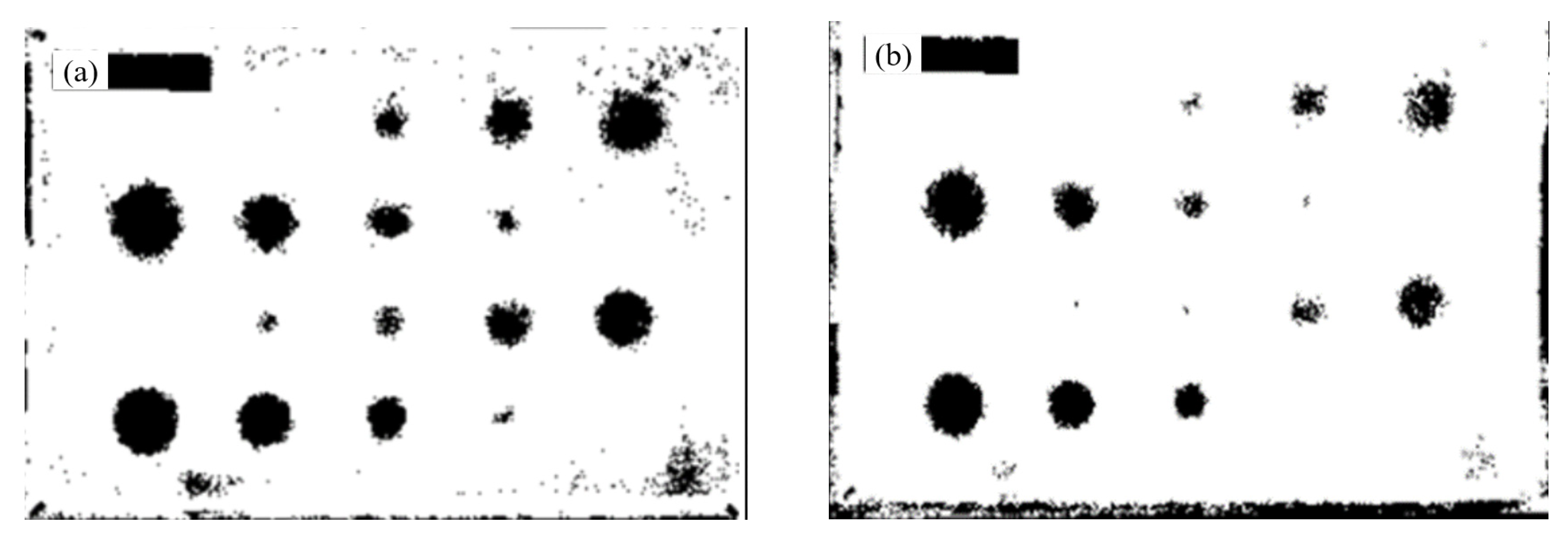
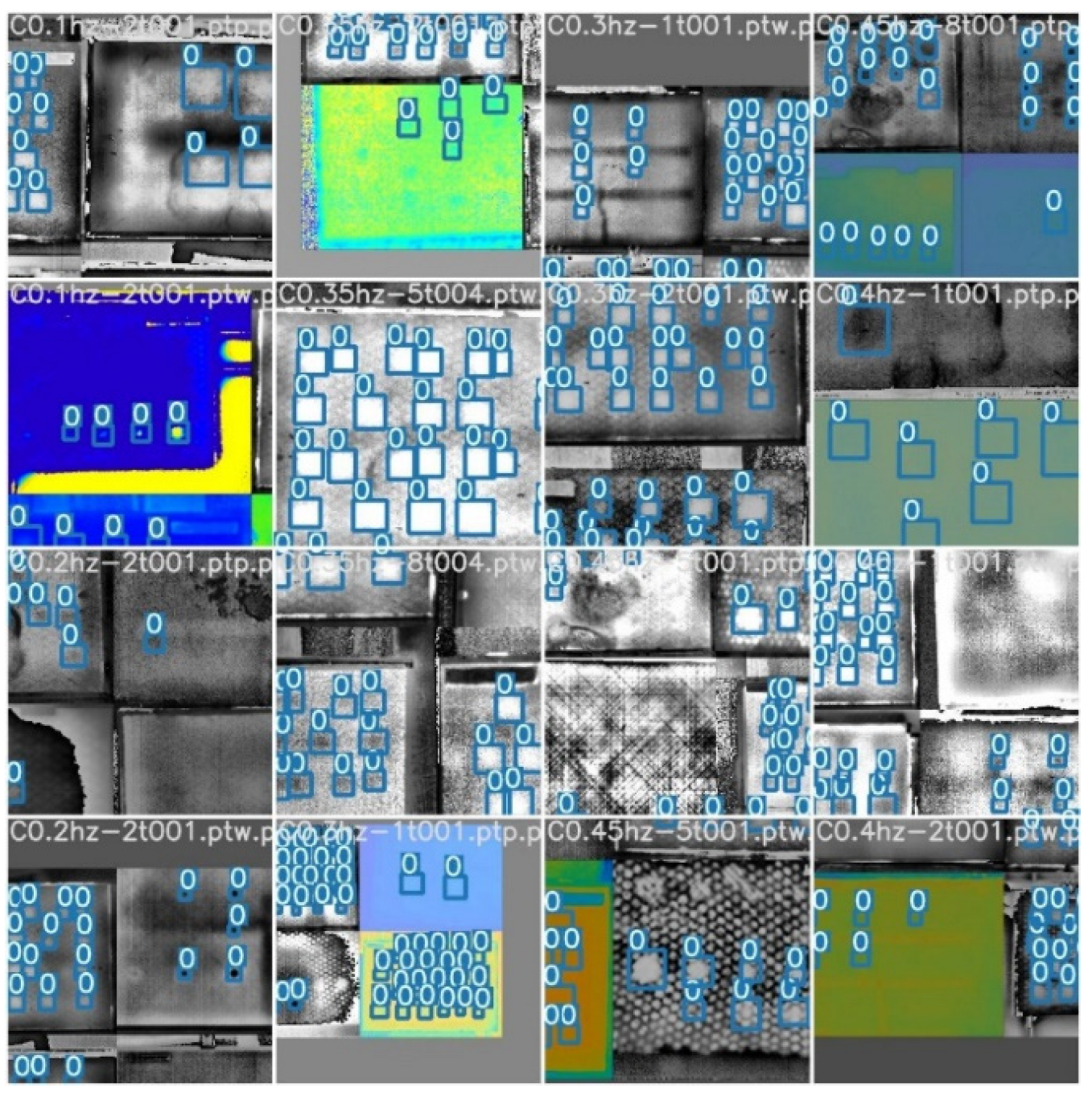

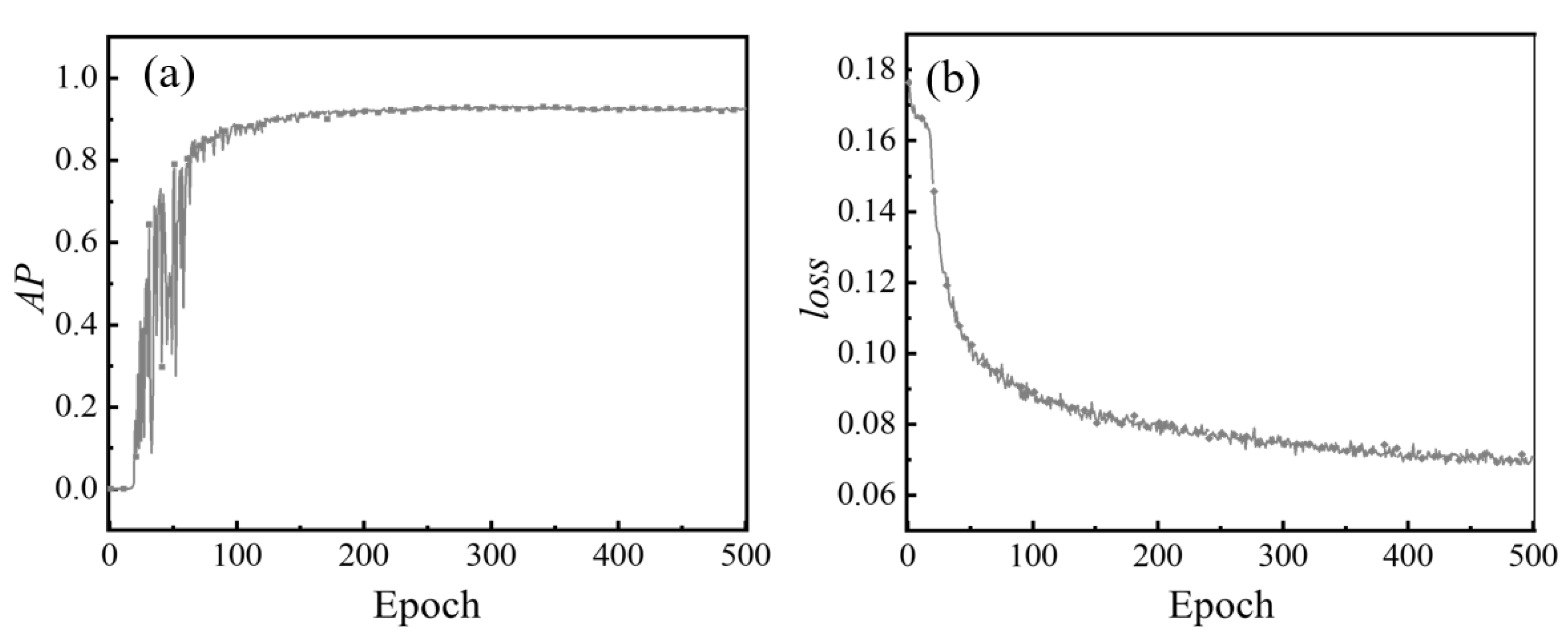
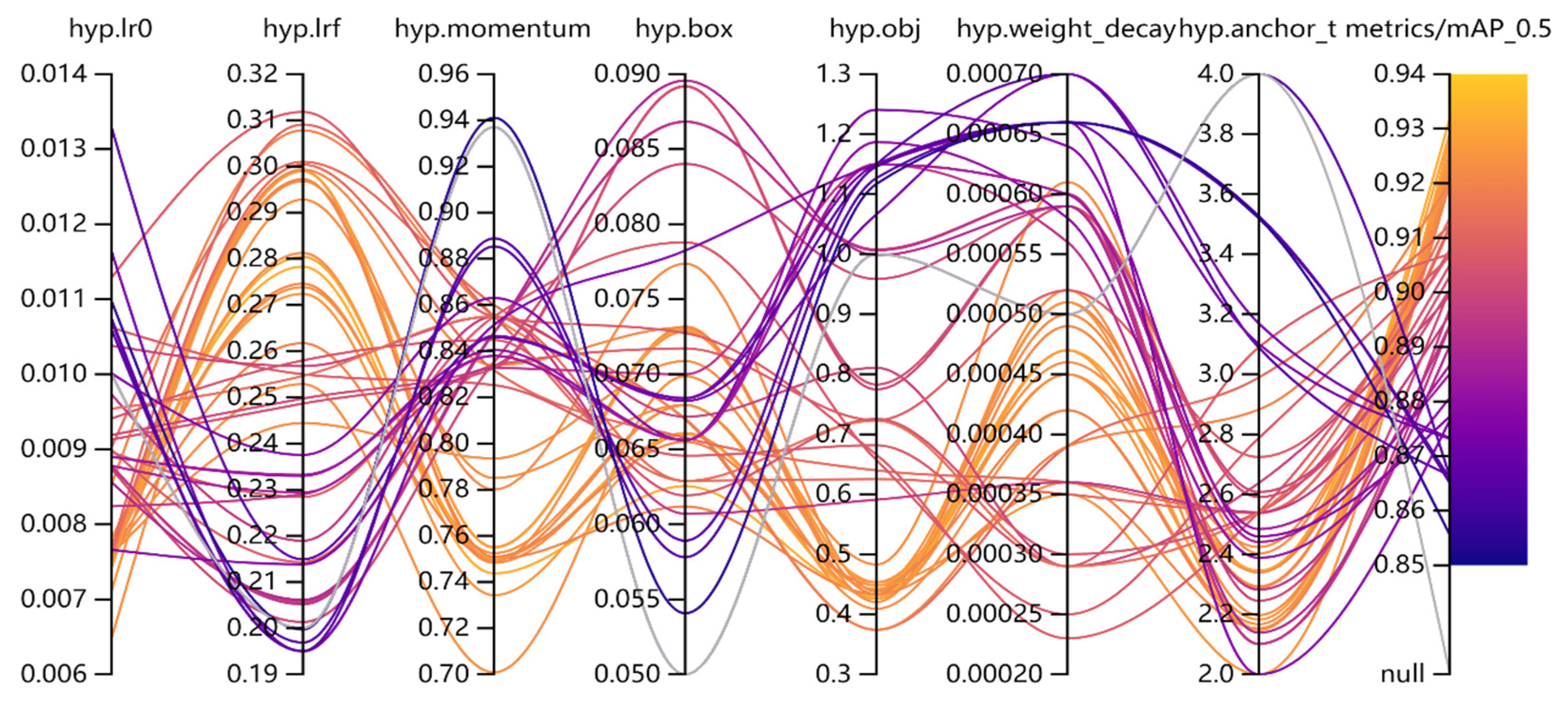
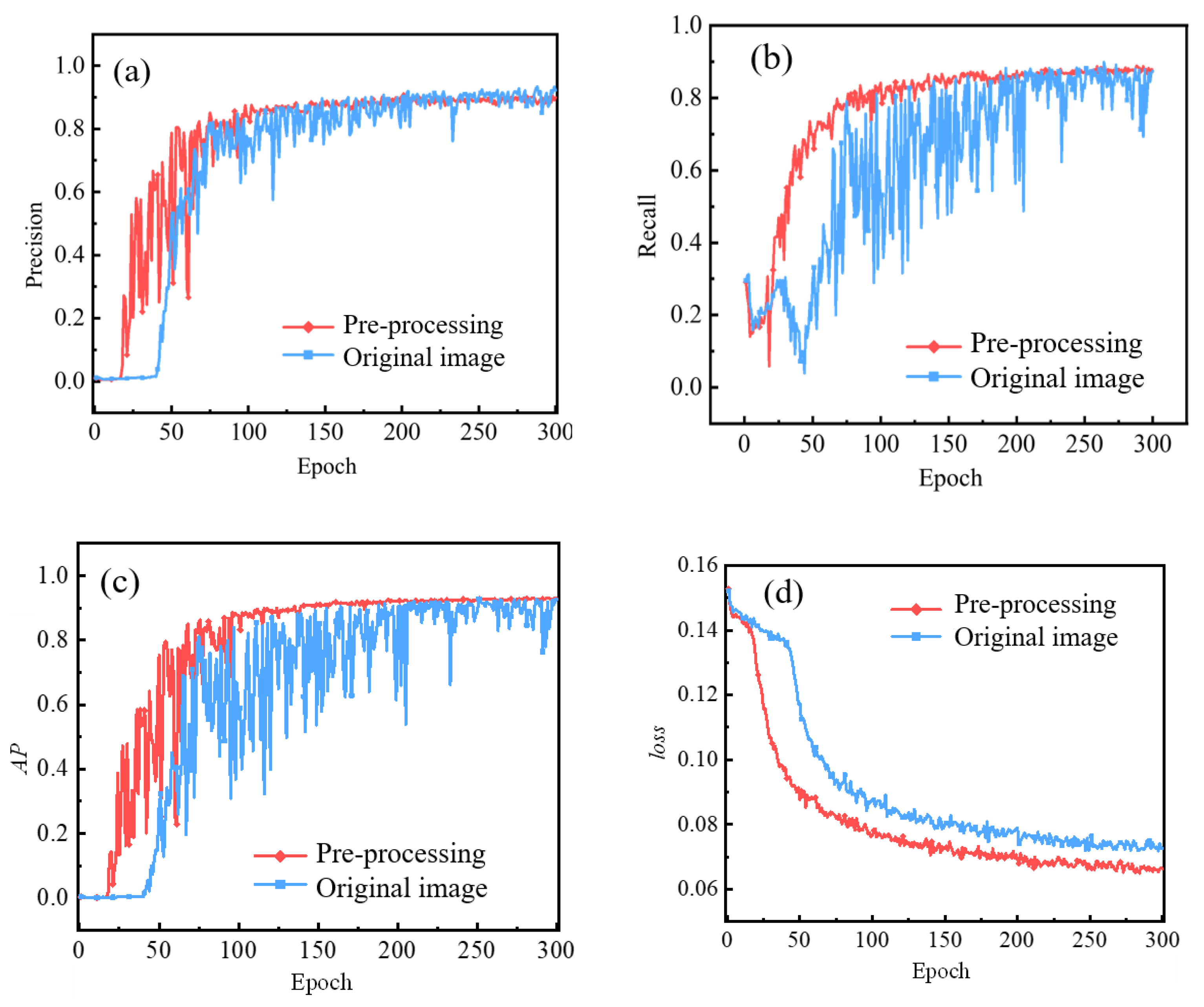
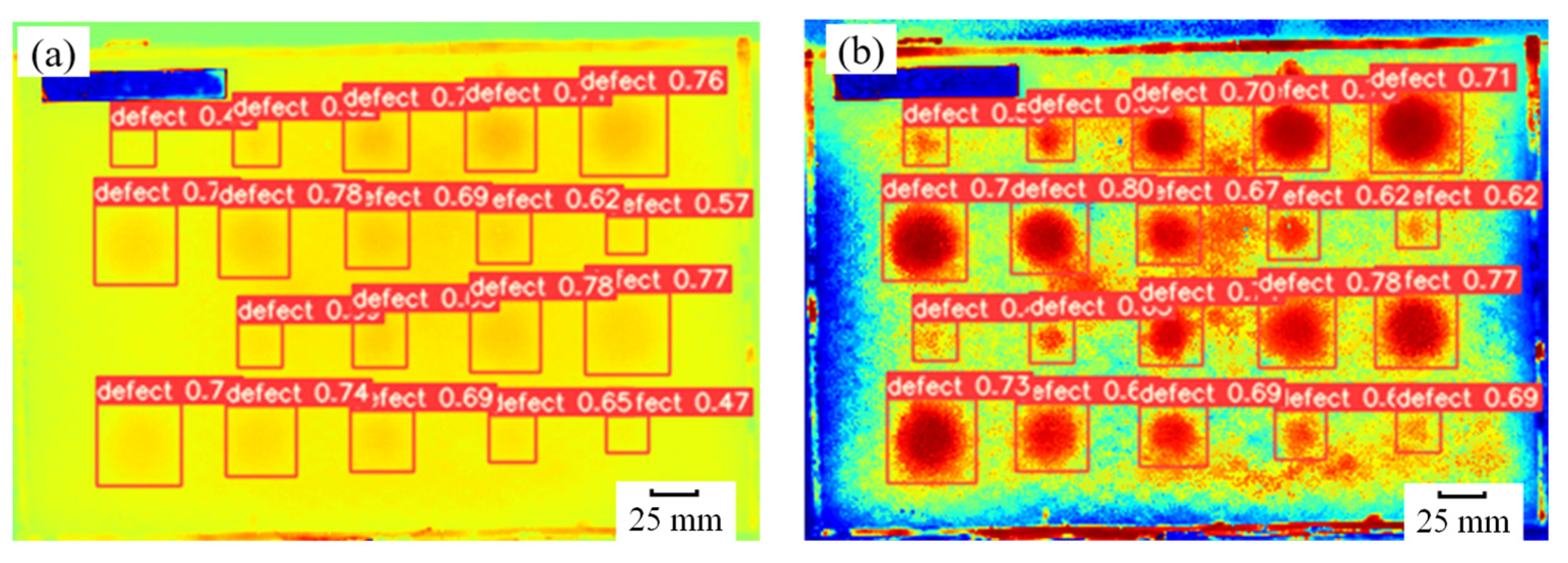
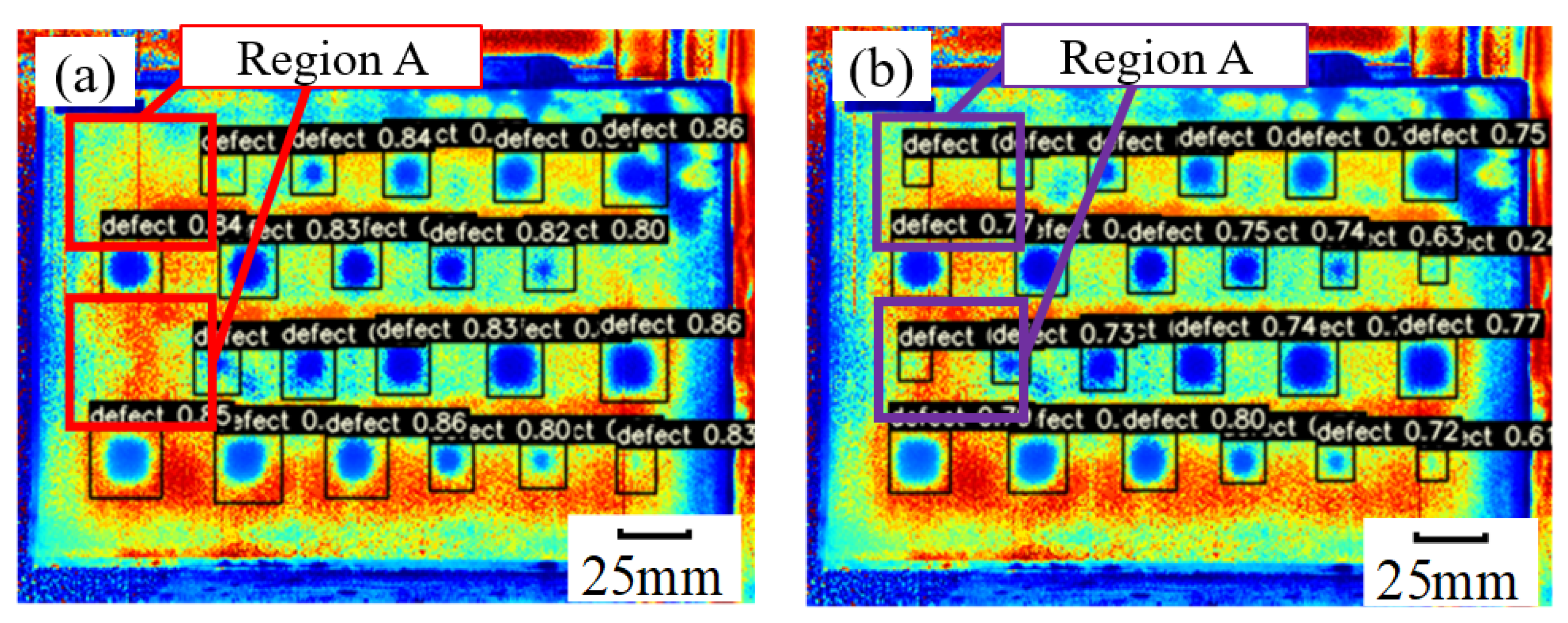
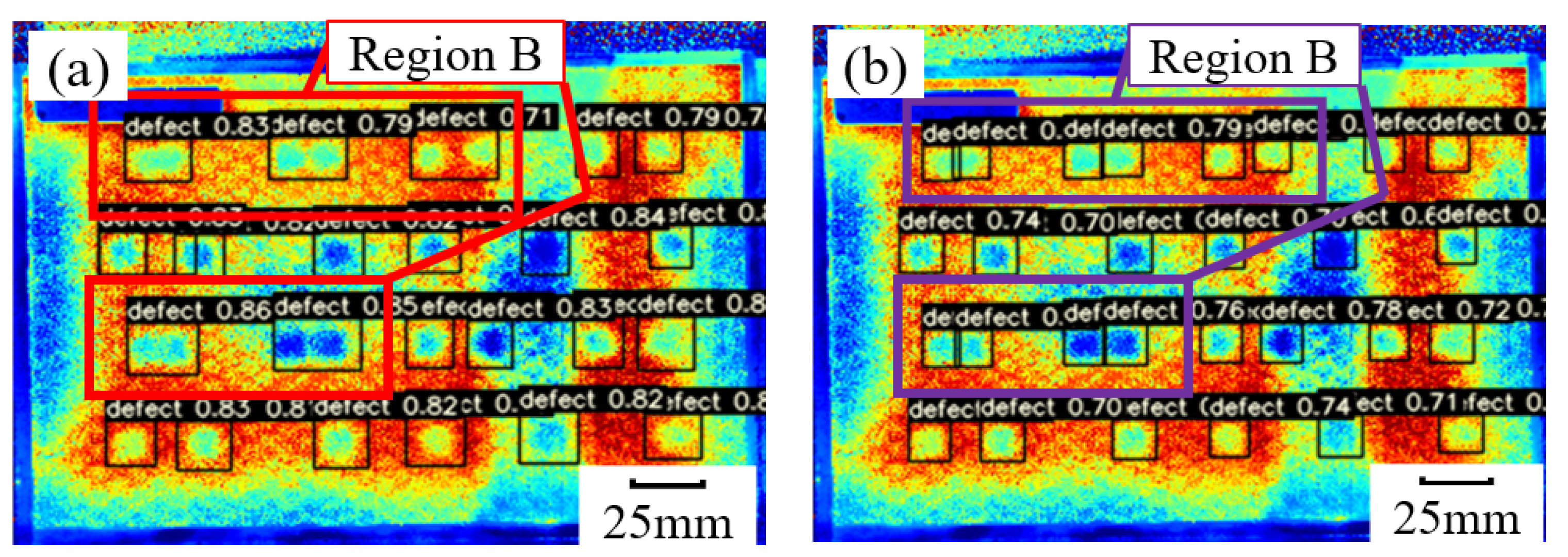
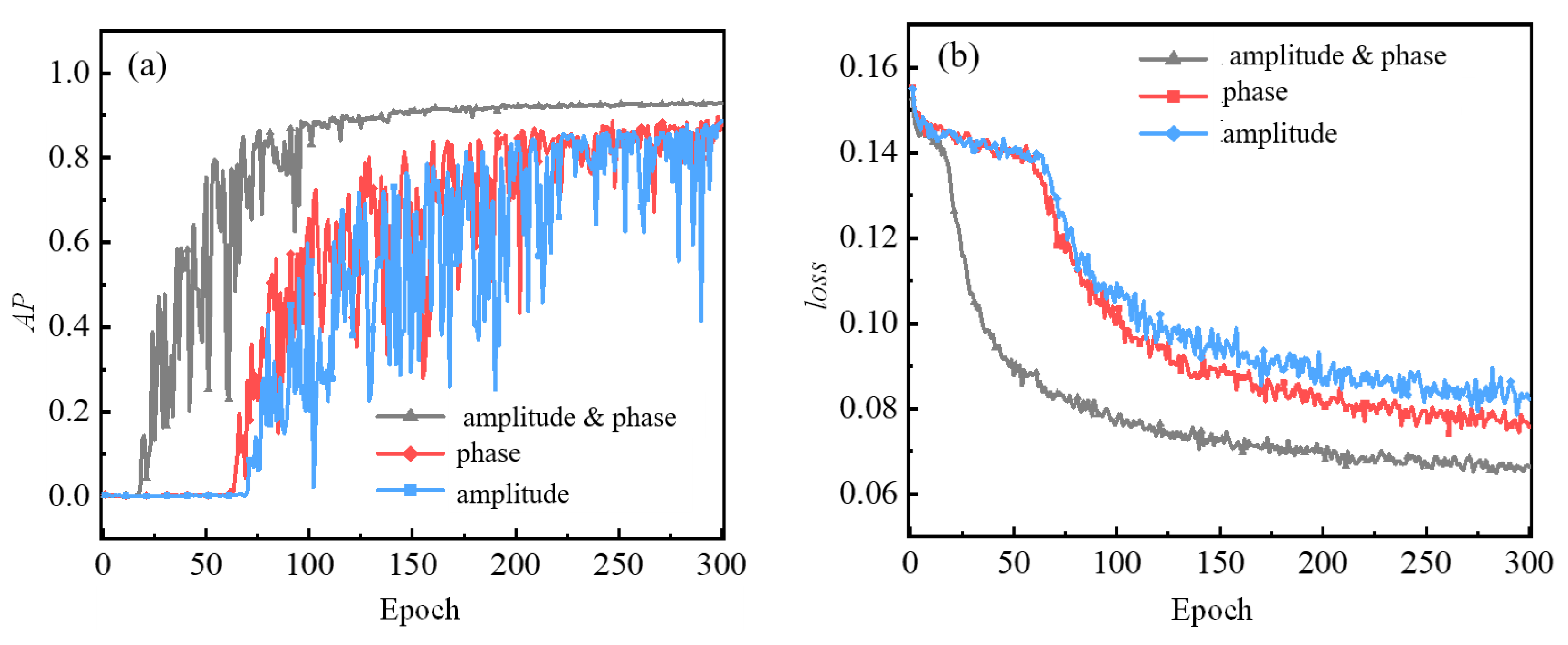

| Evaluation | Batch Size = 2 | Batch Size = 4 | Batch Size = 8 | Batch Size = 12 | Batch Size = 16 |
|---|---|---|---|---|---|
| P | 0.721 | 0.730 | 0.725 | 0.741 | 0.743 |
| R | 0.980 | 0.990 | 0.990 | 0.990 | 0.990 |
| AP | 0.906 | 0.923 | 0.926 | 0.926 | 0.932 |
| Training time (s) | 17,467 | 9056 | 5426 | 4733 | 4308 |
| Hyperparameters | Mutation Scale | Minimum Value | Maximum Value |
|---|---|---|---|
| lr0 | 1 | 0.00001 | 0.1 |
| lrf | 1 | 0.01 | 1.0 |
| momentum | 0.3 | 0.6 | 0.98 |
| box | 1 | 0.02 | 0.2 |
| obj | 1 | 0.2 | 4.0 |
| weight decay | 1 | 0.0 | 0.001 |
| anchor-t | 1 | 2.0 | 8.0 |
| Parameters | Value | Parameters | Value |
|---|---|---|---|
| batch size | 16 | epochs | 300 |
| images size | 320 | lr0 | 0.00771 |
| lrf | 0.2783 | momentum | 0.7437 |
| box | 1 | obj | 0.4312 |
| weight decay | 0.00047 | anchor-t | 2.34 |
| CNN Model | AP | P | R | Training Time/s |
|---|---|---|---|---|
| Pre-processing | 0.932 | 0.712 | 0.99 | 3470 |
| Original image | 0.925 | 0.681 | 0.98 | 4308 |
| Training Dataset | AP | R | Identification Time (s) |
|---|---|---|---|
| LIT amplitude | 0.879 | 0.970 | 0.549 |
| LIT phase | 0.887 | 0.980 | 0.575 |
| LIT amplitude and phase | 0.932 | 0.990 | 0.603 |
Disclaimer/Publisher’s Note: The statements, opinions and data contained in all publications are solely those of the individual author(s) and contributor(s) and not of MDPI and/or the editor(s). MDPI and/or the editor(s) disclaim responsibility for any injury to people or property resulting from any ideas, methods, instructions or products referred to in the content. |
© 2023 by the authors. Licensee MDPI, Basel, Switzerland. This article is an open access article distributed under the terms and conditions of the Creative Commons Attribution (CC BY) license (https://creativecommons.org/licenses/by/4.0/).
Share and Cite
Wang, X.; Gao, M.; Wang, F.; Yang, F.; Yue, H.; Liu, J. Convolution Neural Network Fusion Lock-In Thermography: A Debonding Defect Intelligent Determination Approach for Aviation Honeycomb Sandwich Composites (HSCs). Metals 2023, 13, 881. https://doi.org/10.3390/met13050881
Wang X, Gao M, Wang F, Yang F, Yue H, Liu J. Convolution Neural Network Fusion Lock-In Thermography: A Debonding Defect Intelligent Determination Approach for Aviation Honeycomb Sandwich Composites (HSCs). Metals. 2023; 13(5):881. https://doi.org/10.3390/met13050881
Chicago/Turabian StyleWang, Xinjian, Mingyu Gao, Fei Wang, Feng Yang, Honghao Yue, and Junyan Liu. 2023. "Convolution Neural Network Fusion Lock-In Thermography: A Debonding Defect Intelligent Determination Approach for Aviation Honeycomb Sandwich Composites (HSCs)" Metals 13, no. 5: 881. https://doi.org/10.3390/met13050881
APA StyleWang, X., Gao, M., Wang, F., Yang, F., Yue, H., & Liu, J. (2023). Convolution Neural Network Fusion Lock-In Thermography: A Debonding Defect Intelligent Determination Approach for Aviation Honeycomb Sandwich Composites (HSCs). Metals, 13(5), 881. https://doi.org/10.3390/met13050881








